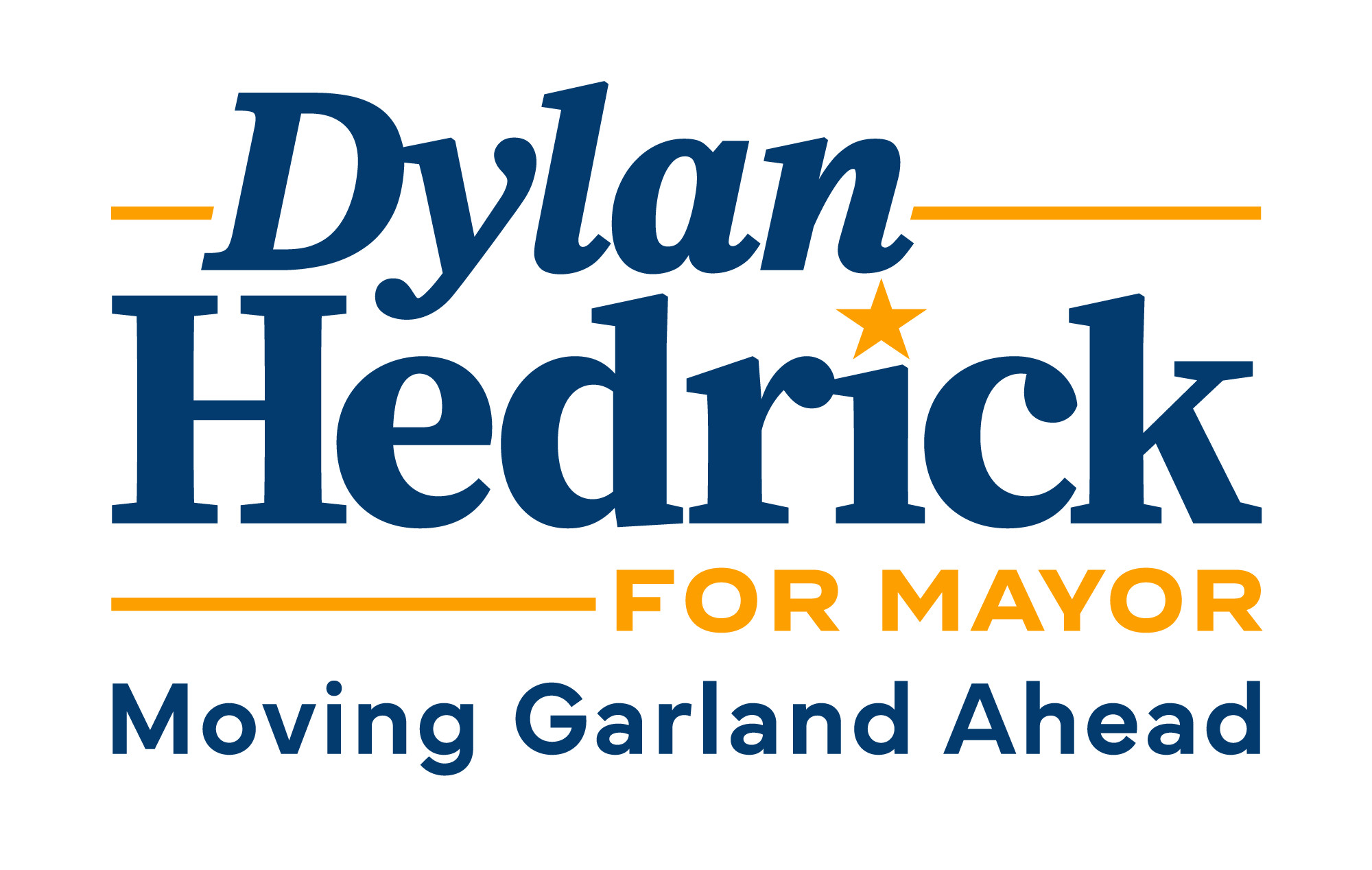Policy Statement: Strengthening Garland’s Industrial Future
Since its early beginnings, Garland has been a center of industry. Early businesses were established near the junction of the Katy Railroad and the Gulf, Colorado and Santa Fe Railroads in the area of modern Downtown. In 1923, Garland Power and Light was formed after a group of citizens bought a 100 horsepower generator to power the growing city and run the pump at the water well.
Soon larger manufacturing firms such as Craddock Foods (1937, pickles), Byer-Rolnick Hat Corporation (1938, now Resistol), Southern Aircraft Corporation (1939, now General Dynamics), and Guiberson Diesel Engine Company (1941) moved to Garland and drove much of the young city’s manufacturing growth.
World War II led to an increased demand for aircraft parts and several aircraft plants supplied the need for war materiel. After the war, Kraft Foods purchased the Continental Motors (formerly the Guiberson Diesel Engine Company) plant and renovated it for its food manufacturing processes. Due to its location on two main railroads, Garland became a major onion shipping location in th 1940s. According to Texas State Historical Association, Garland had an estimated population of 72,000 and 1,000 businesses by 1969.
Today, Garland continues to have a strong manufacturing presence, with companies producing a variety of goods ranging from electronics and machinery to food products. Manufacturing facilities in Garland benefit from its strategic location near the fourth largest metropolitan area in the United States (DFW Metroplex) and access to transportation networks including several major highways (Interstate Highway 635, Interstate Highway 30, President George Bush Turnpike/State Highway 190).
As your next mayor, I will be dedicated to forming and implementing comprehensive policies that balance economic progress with environmental protection, public health, and community well-being. This policy statement outlines six principles and strategies for strengthening Garland’s industrial base.
1. Economic Growth and Innovation
Garland will be a hub for cutting-edge industry and good jobs.
- Offer performance-based incentives tied to job creation, sustainability, and investment, attracting high-growth sectors like aerospace, electronics, and clean tech.
- Create Industrial Innovation Zones for R&D and prototyping, fostering startups and advanced manufacturing.
- Collaborate with GISD, Dallas College, and workforce boards to build a skilled labor pipeline tailored to industry needs.
2. Balanced Zoning and Land Use
We’ll ensure industrial growth complements our existing development.
- Review and update zoning codes to reflect market trends, environmental needs, and advanced manufacturing demands.
- Mandate protective buffers—landscaping, sound walls, or light industrial zones—between industrial sites and residential areas to minimize disruption.
- Promote smart growth by integrating mixed-use hubs (e.g., research labs, maker spaces) that bridge traditional industry with innovation.
3. Infrastructure and Connectivity
A strong industrial base demands world-class infrastructure.
- Prioritize Capital Improvement Plans to upgrade roads, utilities, and broadband in industrial corridors.
- Partner with TxDOT and freight leaders to enhance rail, truck, and intermodal access for efficient goods movement.
- Boost safety and sustainability with pedestrian-friendly enhancements, electric vehicle charging, and alternative fuel options.
4. Environmental Responsibility
Garland will lead with sustainability as a cornerstone of industrial success.
- Enforce rigorous environmental standards for emissions, hazardous materials, and stormwater, aligned with state and federal guidelines.
- Incentivize eco-friendly practices—zero-waste initiatives, gray water reuse, and renewable energy adoption—through fast-tracked permits.
- Encourage investment in green infrastructure like rain gardens, green roofs, and tree canopies to combat heat islands and enhance resilience.
5. Community Partnership and Transparency
Industrial progress must serve all of Garland.
- Engage residents early through town halls and digital platforms to shape development plans.
- Deploy air and water quality monitoring and environmental inspections with public dashboards to ensure accountability.
- Encourage businesses to invest in community projects—parks, schools, health initiatives—as partners in our shared success.
6. Fair and Effective Oversight
Strong enforcement builds trust and protects our future.
- Implement proactive inspections using data-driven risk assessments to target high-impact sites.
- Maintain transparent, equitable enforcement with an online compliance tracker and clear corrective action paths for businesses.
Conclusion
By adhering to the principles outlined in this policy statement, Garland, TX, aims to create a thriving, sustainable industrial landscape that fosters economic prosperity, protects the environment, and enhances the quality of life for all residents. Through collaboration between government agencies, businesses, and the community, we can achieve a harmonious balance between industrial development and the well-being of our citizens, ensuring a prosperous future for generations to come.
As your next mayor, I will serve to improve lives and communities by building trust and relationships in the City of Garland and beyond.
– Hedrick for Garland Mayor Campaign Mission Statement

